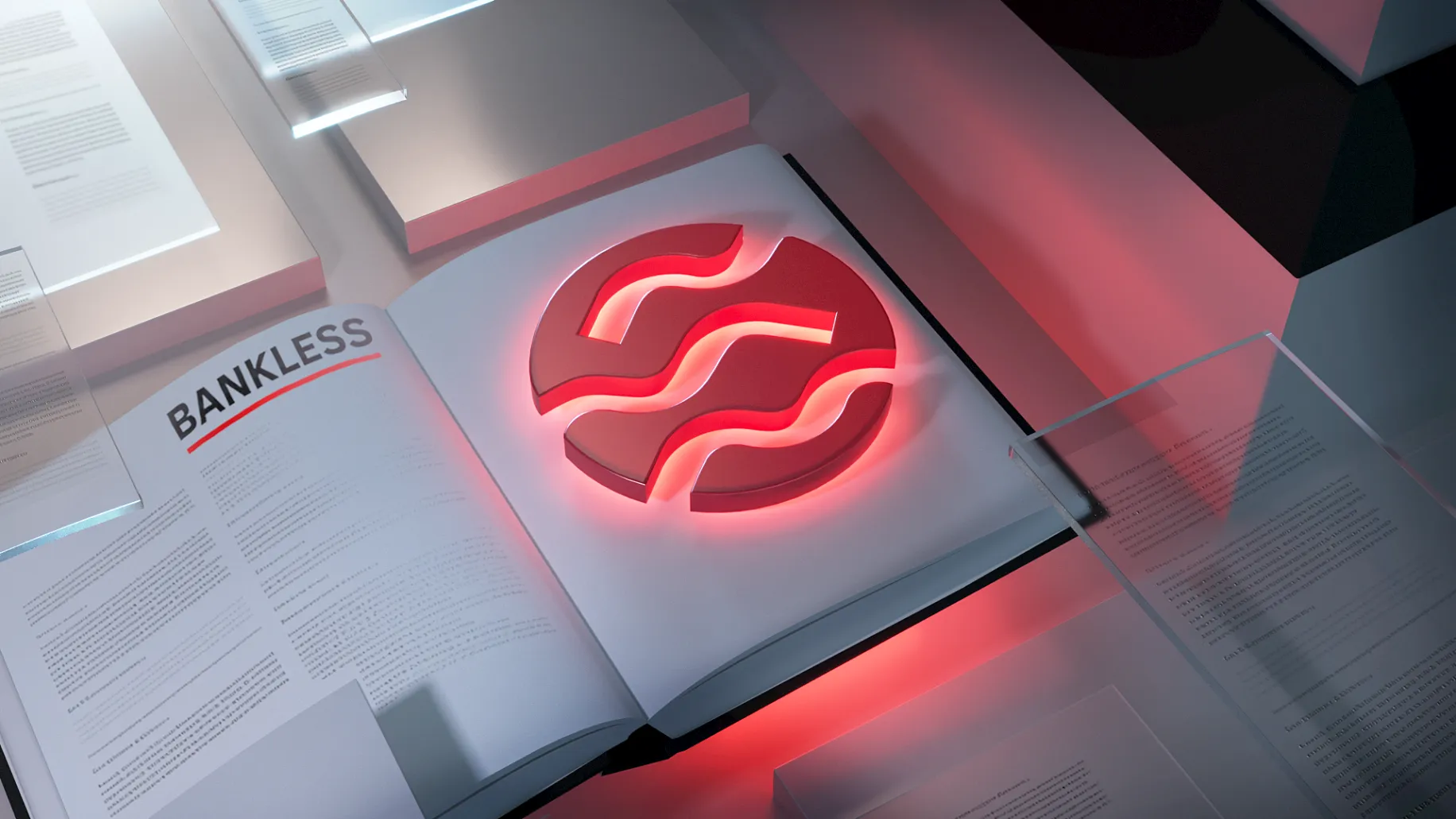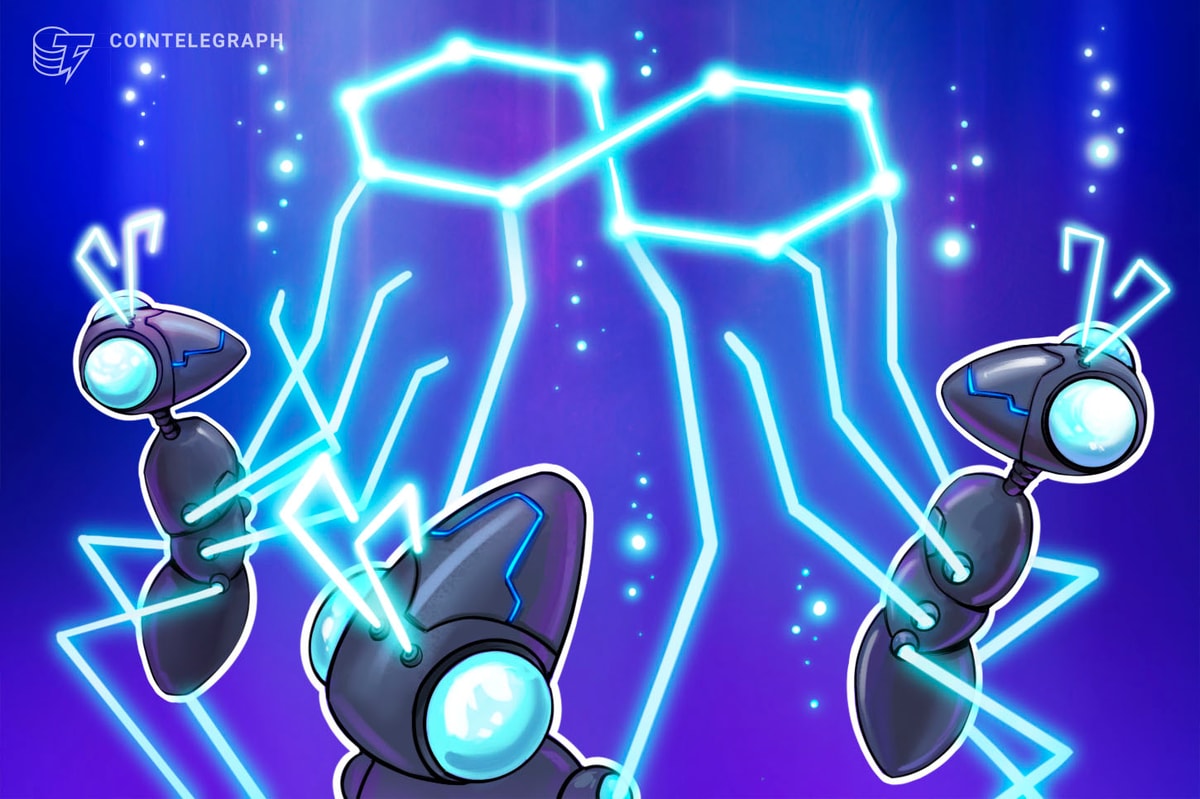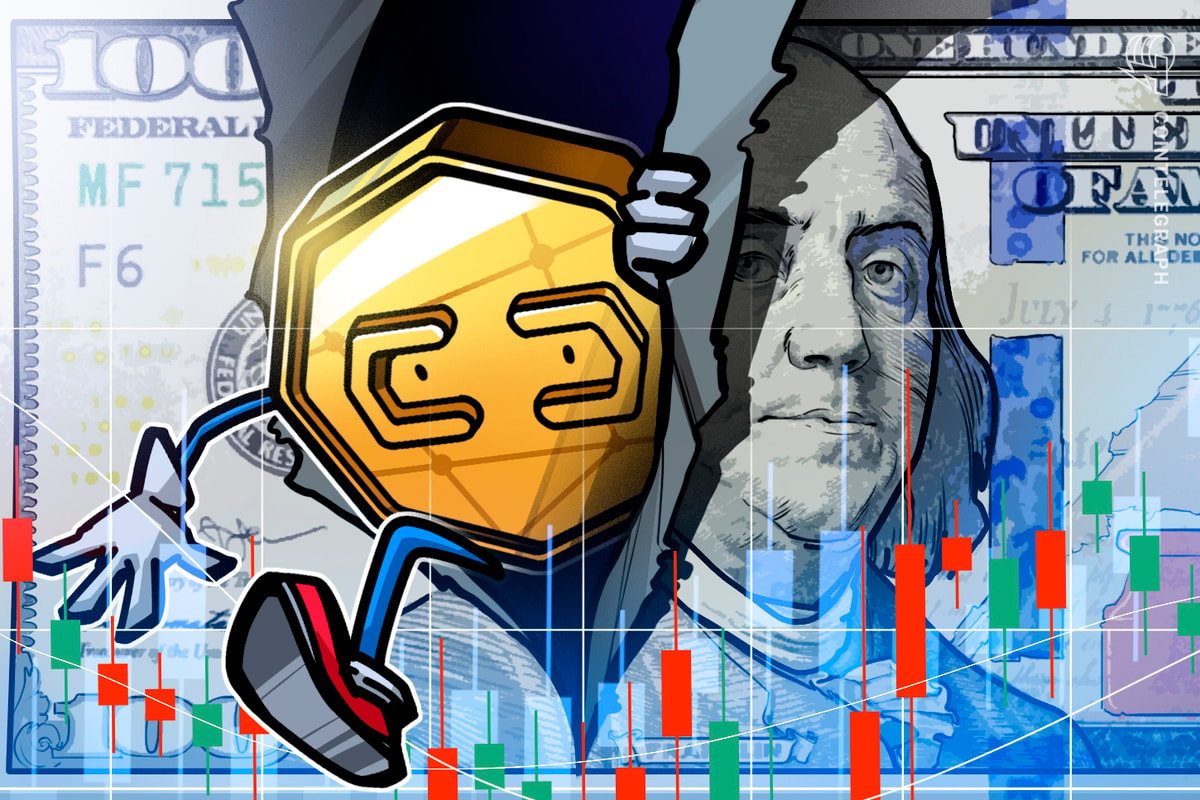Sei is a Layer 1 (L1) blockchain, built using the Cosmos SDK, focused on cheaply and quickly facilitating trading and other activities.
Notably, in the first half of 2024, the Sei team plans to roll out the network’s V2 upgrade, which will actualize the cryptoeconomy’s first fully-parallelized Ethereum Virtual Machine (EVM).
How it works
At the heart of Sei is the network’s Twin Turbo consensus mechanism. This system entails full nodes using random gossiping to spread transactions, which are then validated by validators and added to their local mempools. Block proposers then use these mempools to propose new blocks, embedding only transaction identifiers to minimize data loads and reduce wait times.
Notably, Sei is on the verge of its V2 network upgrade, which, among other optimizations will introduce the capability of parallel execution, i.e. processing transactions concurrently rather than sequentially.
Why parallel execution matters
Parallelism is an innovation that allows many transactions to run simultaneously. Think of it like a team working on different parts of a project at the same time, instead of one person doing every task one after the other.
This approach can significantly speed up processing and will enable Sei to facilitate 1,000s of transactions side by side.
Most blockchains in the cryptoeconomy today, including Bitcoin and Ethereum, do not use parallel execution. That said, the resurgence of Solana since Q3 2024 has brought a renewed wave of interest to projects that do make use of parallelism, and Sei has ridden this wave to newfound prominence in the first months of 2024.
The Pulse of Sei
According to DeFiLlama, Sei is currently the 64th-largest chain in DeFi per its $18.53 million TVL.
Since the network is newer, its app scene is understandably thin for now, though with the network’s V2 upgrade and more time, there’s plenty of room to grow. See the full list of projects building on Sei today here.
As for the biggest apps on Sei currently, these include:
Astroport — A decentralized exchange.
Kryptonite — A SEI liquid staking protocol.
Silo — Another SEI liquid staking protocol.
Pallet — An NFT marketplace.
The SEI token
$SEI is the native token of Sei and is used to facilitate governance and pay for transactions on the network. Additionally, $SEI holders can participate in the chain’s security by either delegating their tokens to validators or staking them to operate their own validator nodes. The total supply of $SEI is capped at 10 billion, with a significant portion having been dedicated to the community and developers on Sei.
At the time of this guide’s latest update, $SEI was trading around the $0.83 price mark with a market cap of $2.1 billion, presently making it the 49th-largest crypto.
How to stake SEI
You can earn SEI staking rewards, which are currently offering 4.3% APR, by staking SEI to help secure the Sei network. This is the most fundamental and straightforward opportunity on the chain, so if you’re interested here, you’ll first need to acquire some SEI on a crypto exchange like Coinbase or Kraken and then create a Sei wallet that you can deposit to.
Note that the main Sei Staking App only supports the Compass and Fin wallets right now. If you go this route, simply connect your wallet on the website and then press “Stake” next to your validator of choice. Input the amount of SEI you want to stake, approve the deposit transaction, and then use the provided dashboard to track your rewards over time or unstake when you’re ready.
Additionally, it’s possible to use a wallet like Keplr with the aforementioned liquid staking protocols Kryptonite and Silo. These projects offer you the ability to maintain a liquid position while also earning staking rewards by granting you tokens, e.g. stSEI and iSEI, that represent your underlying deposits.
Zooming out
Keep your eyes peeled here, as the impending V2 upgrade of Sei will mark a leap forward for the cryptoeconomy’s frontier in pioneering the first fully parallelized EVM. Will this first-mover status attract new DeFi projects and beyond, or will Sei struggle to lift off with so many L1s and L2s to compete with? Only time will tell, but at the very least Sei may have only begun to grow, so don’t sleep on the network this year.
Read More: www.bankless.com









 Bitcoin
Bitcoin  Ethereum
Ethereum  Tether
Tether  XRP
XRP  Solana
Solana  USDC
USDC  Dogecoin
Dogecoin  Cardano
Cardano  TRON
TRON  Lido Staked Ether
Lido Staked Ether  Wrapped Bitcoin
Wrapped Bitcoin  Sui
Sui  Hyperliquid
Hyperliquid  Wrapped stETH
Wrapped stETH  Chainlink
Chainlink  Avalanche
Avalanche  Stellar
Stellar  Shiba Inu
Shiba Inu  Bitcoin Cash
Bitcoin Cash  LEO Token
LEO Token  Hedera
Hedera  Monero
Monero  Toncoin
Toncoin  Litecoin
Litecoin  WETH
WETH  Polkadot
Polkadot  USDS
USDS  Bitget Token
Bitget Token  Wrapped eETH
Wrapped eETH  Binance Bridged USDT (BNB Smart Chain)
Binance Bridged USDT (BNB Smart Chain)  Pepe
Pepe  Pi Network
Pi Network  Ethena USDe
Ethena USDe  WhiteBIT Coin
WhiteBIT Coin  Coinbase Wrapped BTC
Coinbase Wrapped BTC  Aave
Aave  Dai
Dai  Bittensor
Bittensor  Uniswap
Uniswap  NEAR Protocol
NEAR Protocol  Aptos
Aptos  OKB
OKB  Jito Staked SOL
Jito Staked SOL  BlackRock USD Institutional Digital Liquidity Fund
BlackRock USD Institutional Digital Liquidity Fund  Ondo
Ondo  Cronos
Cronos  Ethereum Classic
Ethereum Classic  Internet Computer
Internet Computer